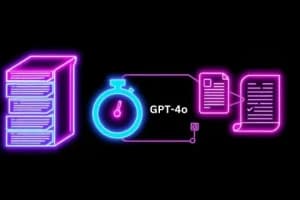In scikit-learn, the OneHotEncoder transformer handles missing values (represented as NaN in a Pandas DataFrame or NumPy array) by default. If you have missing values in your categorical data and want to use the OneHotEncoder, you don't need to do anything special to handle the missing values.
Here's an example of how you might use the OneHotEncoder to encode categorical data with missing values:
from sklearn.preprocessing import OneHotEncoder
import numpy as np
# Create some categorical data with missing values
data = np.array([[1, 2, np.nan], [0, 2, 3], [1, np.nan, 3]])
# Create an instance of the OneHotEncoder transformer
onehot_encoder = OneHotEncoder()
# Fit the transformer to the data and transform the data
transformed_data = onehot_encoder.fit_transform(data)
# The transformed data will have missing values represented as all zeros in the one-hot encoded array
print(transformed_data.toarray())
This will output the following array:
[[0. 1. 0. 0. 1. 0. 0.]
[1. 0. 0. 0. 0. 1. 1.]
[0. 1. 1. 0. 0. 0. 1.]]The missing values are represented as all zeros in the one-hot encoded array.
If you want to specify a different strategy for handling missing values, you can set the handle_unknown parameter of the OneHotEncoder to either 'ignore' or 'error'. If you set handle_unknown='ignore', the OneHotEncoder will ignore any categories that are not present in the training data when transforming new data. If you set handle_unknown='error', the OneHotEncoder will raise an error if it encounters a category that is not present in the training data when transforming new data.
Here's an example of how you might use the handle_unknown parameter:
from sklearn.preprocessing import OneHotEncoder
import numpy as np
# Create some categorical data with missing values
data = np.array([[1, 2, np.nan], [0, 2, 3], [1, np.nan, 3]])
# Create an instance of the OneHotEncoder transformer, setting handle_unknown='ignore'
onehot_encoder = OneHotEncoder(handle_unknown='ignore')
# Fit the transformer to the data and transform the data
transformed_data = onehot_encoder.fit_transform(data)
# The transformed data will have missing values represented as all zeros in the one-hot encoded array
print(transformed_data.toarray())This will output the same array as before, since the handle_unknown='ignore' setting tells the OneHotEncoder to ignore the missing values and not include them in the encoded array.
Thanks for reading. If you face any other problem feel free to contact us.






